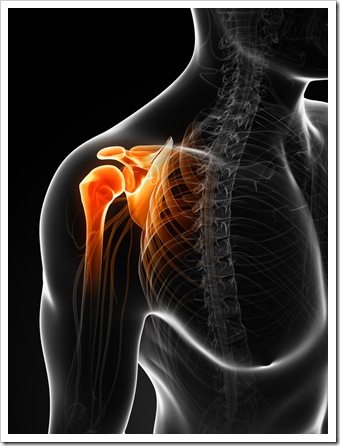
Four and Match Point!
At this time of year, we should be in full swing of enjoyment and fully basking in the benefits of the warm summer sun and outdoor activities it allows. Unfortunately, many of us are sitting on the sidelines or taking medication to play through the pain. One main culprit is shoulder pain which is often described as a “frozen shoulder”.
If you or a loved one are sitting on the bench missing the fun due to this condition – read on!
Defining A “Frozen Shoulder.”
A Frozen Shoulder, or Adhesive capsulitis, is a condition in which the shoulder cannot be moved due to pain and inflammation, scarring or thickening that occurs within in the joint capsule of the shoulder. The limited range of motion not only occurs when the individual tries to move the shoulder but even when shoulder movement is forced. This condition may arise without a known cause other than lack of use of the shoulder joint.
Common Causes Of A Frozen Shoulder
Some commonly noted causes that can lead to the condition of a frozen shoulder include diabetes, shoulder trauma or injury, shoulder surgery, tendonitis, bursitis, cervical disc disease, chronic inflammatory arthritis, hyperthyroidism or any surgery that took place in the chest or breast region.
Symptoms Of A Frozen Shoulder
The primary symptoms of a frozen shoulder are a pain, stiffness, and limited shoulder mobility. In most cases, the condition begins with a pain that prevents you from using your shoulder and moving your arm in a normal fashion.
The main difference between a frozen shoulder and other conditions that may cause pain, stiffness, and limited mobility is that with a frozen shoulder, the doctor cannot make the shoulder joint move even by manually moving it.
How Can A Frozen Shoulder Be Diagnosed?
The first step in diagnosing a frozen shoulder will include taking a complete medical history and a full set of physical examinations.
The questions asked will relate to when your symptoms began, what activities caused the symptoms, and how limited the movement of the shoulder is.
Next, the shoulder will be examined, and a range of motion tests will be performed. The doctor will try to move the shoulder joint manually, and if that cannot be done, a diagnosis of a frozen shoulder will be made.
X-rays or an MRI may be ordered to determine if there is any obvious cause of the immobility, but in most cases of a frozen shoulder, there are no specific findings, although shrinkage of the shoulder capsule or scar tissue may be apparent.
Ready To Serve!
Our Expert Team has been assembled to help our community through a variety of treatment techniques achieve the health results they desire.
Let our fantastic expert team help you achieve the quality of life you want and get you back into the swing of life happy and pain-free!

